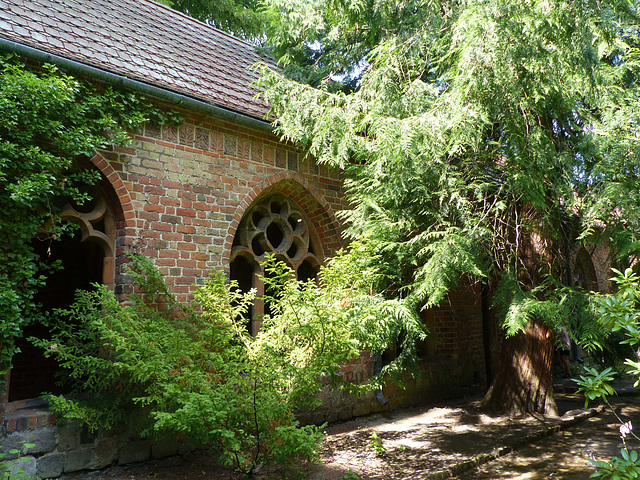Kamień Pomorski - Konkatedra w Kamieniu Pomorskim
Kamień Pomorski - Konkatedra w Kamieniu Pomorskim
Kamień Pomorski - Konkatedra w Kamieniu Pomorskim
Kamień Pomorski - Konkatedra w Kamieniu Pomorskim
Kamień Pomorski - Konkatedra w Kamieniu Pomorskim
Trzebiatów - Rynek
Trzebiatów - Kościół Macierzyństwa Najświętszej Ma…
Trzebiatów - Hansken
Kołobrzeg - Bazylika konkatedralna Wniebowzięcia N…
Kołobrzeg - Bazylika konkatedralna Wniebowzięcia N…
Kołobrzeg - Bazylika konkatedralna Wniebowzięcia N…
Kołobrzeg - Bazylika konkatedralna Wniebowzięcia N…
Kołobrzeg - Bazylika konkatedralna Wniebowzięcia N…
Kołobrzeg - Bazylika konkatedralna Wniebowzięcia N…
Kołobrzeg - Bazylika konkatedralna Wniebowzięcia N…
Kołobrzeg - Bazylika konkatedralna Wniebowzięcia N…
Kołobrzeg - Bazylika konkatedralna Wniebowzięcia N…
Kołobrzeg - Bazylika konkatedralna Wniebowzięcia N…
Koszalin - Katedra Niepokalanego Poczęcia Najświęt…
Koszalin - Katedra Niepokalanego Poczęcia Najświęt…
Koszalin - Katedra Niepokalanego Poczęcia Najświęt…
Koszalin - Katedra Niepokalanego Poczęcia Najświęt…
Koszalin - Kaplica św. Gertrudy
Kamień Pomorski - Konkatedra w Kamieniu Pomorskim
Kamień Pomorski - Konkatedra w Kamieniu Pomorskim
Kamień Pomorski - Santiago de Compostela
Kamień Pomorski - Ratusz
Szczecin - Zamek Książąt Pomorskich
Szczecin - Jarmark Jakubowy
Szczecin - Kościół św. Piotra i św. Pawła
Szczecin - Ratusz Staromiejski
Szczecin - Rynek Sienny
Szczecin - Rynek Sienny
Szczecin
Szczecin
Szczecin - Szczecin Cathedral
Szczecin - Szczecin Cathedral
Szczecin - Szczecin Cathedral
Szczecin - Szczecin Cathedral
Szczecin - Szczecin Cathedral
Szczecin - Szczecin Cathedral
Szczecin - Szczecin Cathedral
Szczecin - Szczecin Cathedral
Szczecin - Ducal Castle
Szczecin
Location
See also...
Keywords
Authorizations, license
-
Visible by: Everyone -
All rights reserved
-
43 visits
Kamień Pomorski - Konkatedra w Kamieniu Pomorskim


A Slavic fortress of the Wends was mentioned in 1107. When Polish Duke Bolesław III conquered Pomerania, he brought Bishop Otto of Bamberg to the country for Christianisation. Otto stayed here in 1128 to baptize the Slavs. In 1128, Otto undertook another missionary journey to Pomerania, during which he again stayed in Cammin. Duke Wartislaw I, who ruled between 1121 and 1135, had his residence in Cammin - thus this was the first known seat of a Pomeranian duke.
The bishopric of Cammin was founded by Henry the Lion in 1175 with Bishop Konrad I of Salzwedel. At this time, Duke Casimir I had St. John's Cathedral built. Brandenburg troops destroyed the town in 1273, which was rebuilt a year later with the participation of German immigrants. Duke Barnim I granted city rights (Lübsches Stadtrecht) in 1274. In 1308, the city, including the cathedral, was partially destroyed as a result of disputes between the Margrave of Brandenburg and the Duke of Pomerania.
A predecessor of the cathedral was a wooden church, built in 1176 It was here that the Pomeranian bishopric received its name, the Diocese of Cammin. Cammin remained the bishop's seat until 1810.
The church was originally built in Romanesque style. Around 1250 the southern portal was built, but in 1308 the unfinished church building was destroyed by the Brandenburg army. The construction of the basilica continued in the Gothic style. After 1310, arcades were built on the north side, and in the years 1325 to 1350, rooms were built in the east wing of the cathedral.
At the beginning of the 14th century the Gothic steeple was erected.
After the Reformation the church became part of the Pomeranian Evangelical Church in 1535. It remained Lutheran until 1945.
During the Thirty Years' War the interior was destroyed and the tower collapsed. In 1802 the Gothic tower was demolished. In 1855 renovation works were carried out and a new bell tower in neo-Gothic style was built. The cathedral treasury was completely lost in 1945.
The Gothic cloister.
The bishopric of Cammin was founded by Henry the Lion in 1175 with Bishop Konrad I of Salzwedel. At this time, Duke Casimir I had St. John's Cathedral built. Brandenburg troops destroyed the town in 1273, which was rebuilt a year later with the participation of German immigrants. Duke Barnim I granted city rights (Lübsches Stadtrecht) in 1274. In 1308, the city, including the cathedral, was partially destroyed as a result of disputes between the Margrave of Brandenburg and the Duke of Pomerania.
A predecessor of the cathedral was a wooden church, built in 1176 It was here that the Pomeranian bishopric received its name, the Diocese of Cammin. Cammin remained the bishop's seat until 1810.
The church was originally built in Romanesque style. Around 1250 the southern portal was built, but in 1308 the unfinished church building was destroyed by the Brandenburg army. The construction of the basilica continued in the Gothic style. After 1310, arcades were built on the north side, and in the years 1325 to 1350, rooms were built in the east wing of the cathedral.
At the beginning of the 14th century the Gothic steeple was erected.
After the Reformation the church became part of the Pomeranian Evangelical Church in 1535. It remained Lutheran until 1945.
During the Thirty Years' War the interior was destroyed and the tower collapsed. In 1802 the Gothic tower was demolished. In 1855 renovation works were carried out and a new bell tower in neo-Gothic style was built. The cathedral treasury was completely lost in 1945.
The Gothic cloister.
Andy Rodker, Paolo Tanino have particularly liked this photo
- Keyboard shortcuts:
Jump to top
RSS feed- Latest comments - Subscribe to the comment feeds of this photo
- ipernity © 2007-2024
- Help & Contact
|
Club news
|
About ipernity
|
History |
ipernity Club & Prices |
Guide of good conduct
Donate | Group guidelines | Privacy policy | Terms of use | Statutes | In memoria -
Facebook
Twitter

Sign-in to write a comment.